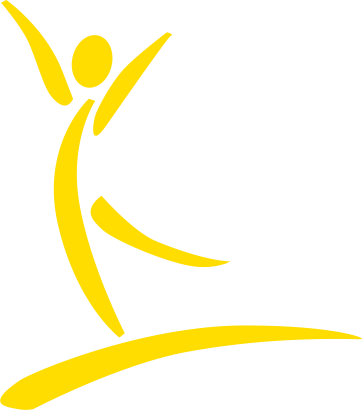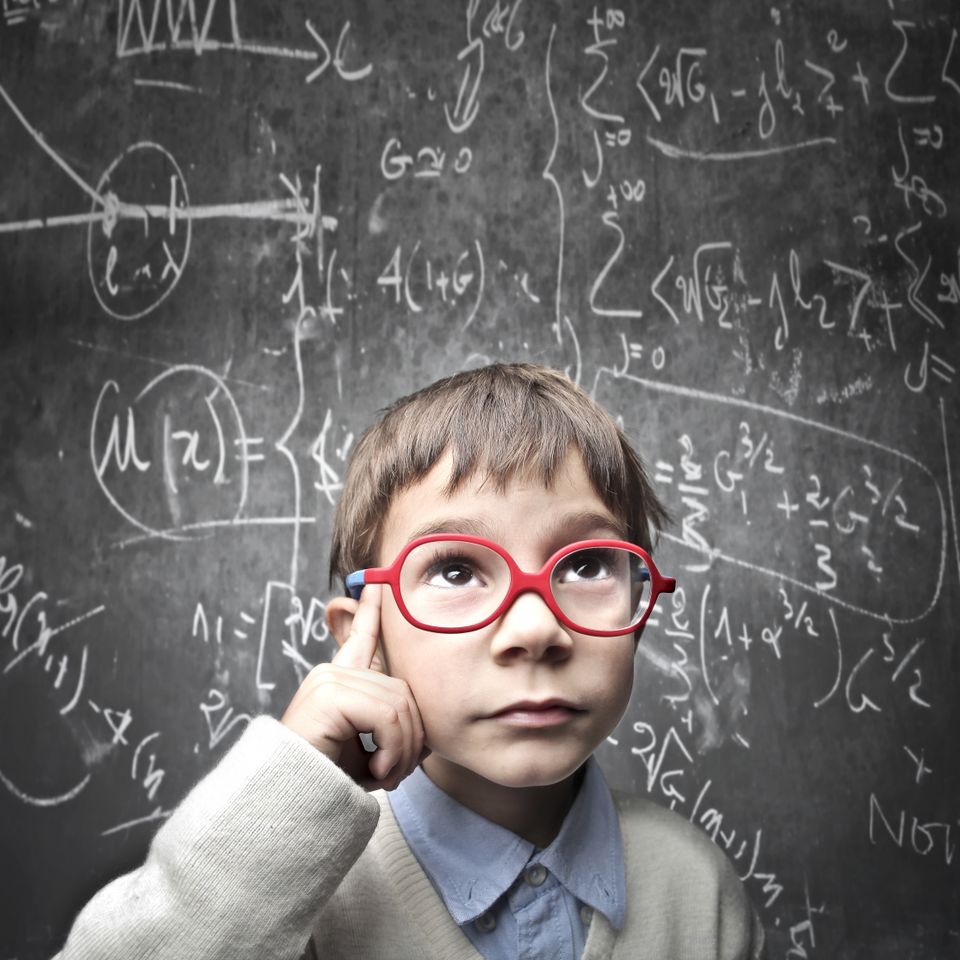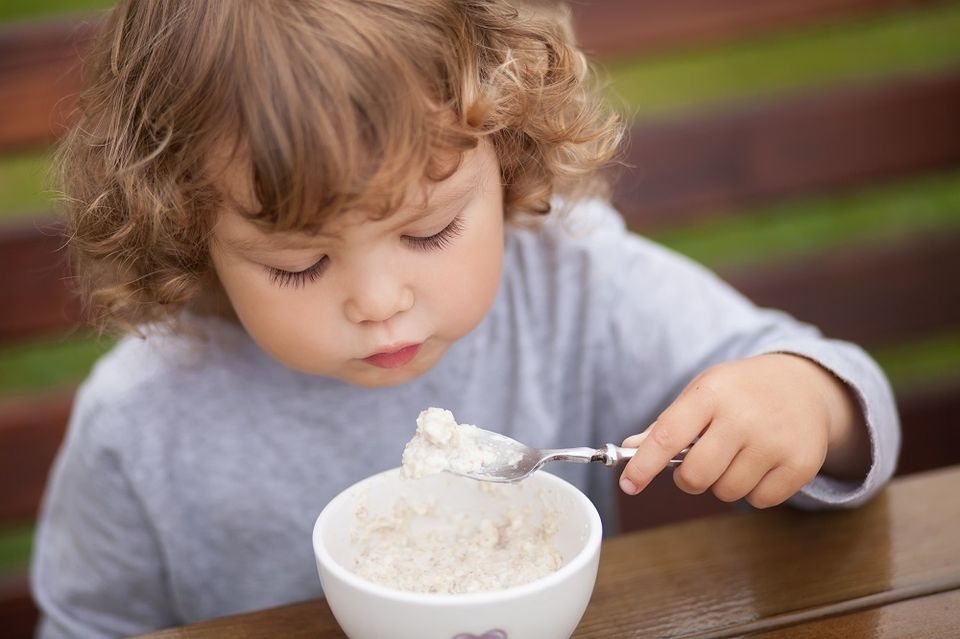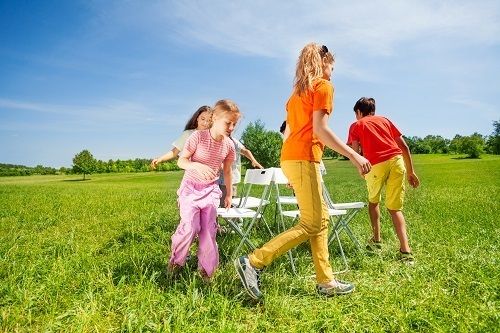KIDS WORKING! What's it all about?

Occupational therapy is exactly what it says it is – it’s therapy that addresses the skills and awareness needed to be successful in an “occupation.” The primary occupations of infants, toddlers, and young children are playing, learning, and interacting with caregivers and, eventually, their peers. For children and youth, occupations are activities that enable them to learn and develop life skills (e.g., school activities), be creative and/or derive enjoyment (e.g., play), and thrive (e.g., self-care and relationships with others) as both a means and an end.
Occupational therapy practitioners work with children of all ages and abilities and their families, caregivers, and teachers to promote active participation in activities or occupations that are meaningful to them. They have a thorough understanding of typical development, the environments in which children engage (e.g., home, school, playground) and the impact of disability, illness, and impairment on the individual child’s development, play, learning, and overall occupational performance.
Occupational therapists collaborate with parents/caregivers and other professionals to identify and meet the needs of children experiencing delays or challenges in development. They identify barriers that make it difficult for the child to participate in daily activities and develop objectives for modifying those barriers or helping the child to compensate for them. They teach and model skills and strategies for children and their families so that children can be more successful in all aspects of daily tasks, and they adapt activities, materials, and environmental conditions so that children can participate in various settings at home and in the community.
Occupational therapy interventions address developmental milestones as varied as facilitating movement to sit, crawl, or walk independently; learning to pay attention and follow simple instructions; developing the ability to eat, drink, wash, and dress independently; learning to cope with disappointment or failure; reducing extraneous environmental stimuli, such as noise for a child who is easily distracted; building skills for sharing, taking turns, and playing with peers; using toys and materials in both traditional and creative ways; and participating in age-appropriate daily routines.
The primary occupations of older children and teens are integrating educational instruction in and outside of school, forming and maintaining productive friendships, and beginning the transition to work and more independent, higher education. Occupational therapy interventions for this population often expand to include such items as adapting or modifying curricula, the environment, or activities to support participation in educational routines and learning activities; navigating more complex social relationships, including dating; assessing the skills needed to learn to drive or assisting with alternative community mobility options; strengthening self-determination and decision making skills, and enhancing overall independence; helping with vocational planning and transitions, including employer supports; and planning for transition to college, including time management, study habits and routines, and independent living skills.
Injury-Related Services
When a child experiences a serious illness or injury, medically-based or rehabilitative occupational therapy services may be provided. These services are developmentally appropriate and may emphasize physical skills to increase movement, strength, and/or coordination; and adaptive skills or equipment to address deficits in cognitive and executive function, sensory processing, visual motor and perception, and the ability to form appropriate social and interpersonal relationships, with a goal of improving the child’s functional performance and independence.
Emotional-Behavioral Needs
Occupational therapy practitioners have training in psychosocial and mental health conditions and are well suited to address children’s emotional and behavioral needs as they relate to everyday activities and social interactions. For example, occupational therapy practitioners help children develop the ability to cope with challenges and to use calming strategies to deal with frustration, defuse anger, and manage impulsivity in order to succeed at individual tasks and collaborative interactions at home, at school, and in the community.
As children grow older, skills for success in independent living become essential. Occupational therapy practitioners address self-determination and self-advocacy skills, along with the transition into adult roles.
Below you’ll find what skills you can expect your child to be developing at various ages and stages. It’s important to remember that these are just guidelines. Every child is unique. If you have concerns, it’s a good idea to talk to a professional. Ask your doctor for a referral for an assessment. If there isn’t a problem, you’ll be able to stop worrying. If there is, the sooner it’s addressed, the easier it will be for your child to improve.
Occupational therapy practitioners work with children of all ages and abilities and their families, caregivers, and teachers to promote active participation in activities or occupations that are meaningful to them. They have a thorough understanding of typical development, the environments in which children engage (e.g., home, school, playground) and the impact of disability, illness, and impairment on the individual child’s development, play, learning, and overall occupational performance.
Occupational therapists collaborate with parents/caregivers and other professionals to identify and meet the needs of children experiencing delays or challenges in development. They identify barriers that make it difficult for the child to participate in daily activities and develop objectives for modifying those barriers or helping the child to compensate for them. They teach and model skills and strategies for children and their families so that children can be more successful in all aspects of daily tasks, and they adapt activities, materials, and environmental conditions so that children can participate in various settings at home and in the community.
Occupational therapy interventions address developmental milestones as varied as facilitating movement to sit, crawl, or walk independently; learning to pay attention and follow simple instructions; developing the ability to eat, drink, wash, and dress independently; learning to cope with disappointment or failure; reducing extraneous environmental stimuli, such as noise for a child who is easily distracted; building skills for sharing, taking turns, and playing with peers; using toys and materials in both traditional and creative ways; and participating in age-appropriate daily routines.
The primary occupations of older children and teens are integrating educational instruction in and outside of school, forming and maintaining productive friendships, and beginning the transition to work and more independent, higher education. Occupational therapy interventions for this population often expand to include such items as adapting or modifying curricula, the environment, or activities to support participation in educational routines and learning activities; navigating more complex social relationships, including dating; assessing the skills needed to learn to drive or assisting with alternative community mobility options; strengthening self-determination and decision making skills, and enhancing overall independence; helping with vocational planning and transitions, including employer supports; and planning for transition to college, including time management, study habits and routines, and independent living skills.
Injury-Related Services
When a child experiences a serious illness or injury, medically-based or rehabilitative occupational therapy services may be provided. These services are developmentally appropriate and may emphasize physical skills to increase movement, strength, and/or coordination; and adaptive skills or equipment to address deficits in cognitive and executive function, sensory processing, visual motor and perception, and the ability to form appropriate social and interpersonal relationships, with a goal of improving the child’s functional performance and independence.
Emotional-Behavioral Needs
Occupational therapy practitioners have training in psychosocial and mental health conditions and are well suited to address children’s emotional and behavioral needs as they relate to everyday activities and social interactions. For example, occupational therapy practitioners help children develop the ability to cope with challenges and to use calming strategies to deal with frustration, defuse anger, and manage impulsivity in order to succeed at individual tasks and collaborative interactions at home, at school, and in the community.
As children grow older, skills for success in independent living become essential. Occupational therapy practitioners address self-determination and self-advocacy skills, along with the transition into adult roles.
Below you’ll find what skills you can expect your child to be developing at various ages and stages. It’s important to remember that these are just guidelines. Every child is unique. If you have concerns, it’s a good idea to talk to a professional. Ask your doctor for a referral for an assessment. If there isn’t a problem, you’ll be able to stop worrying. If there is, the sooner it’s addressed, the easier it will be for your child to improve.





